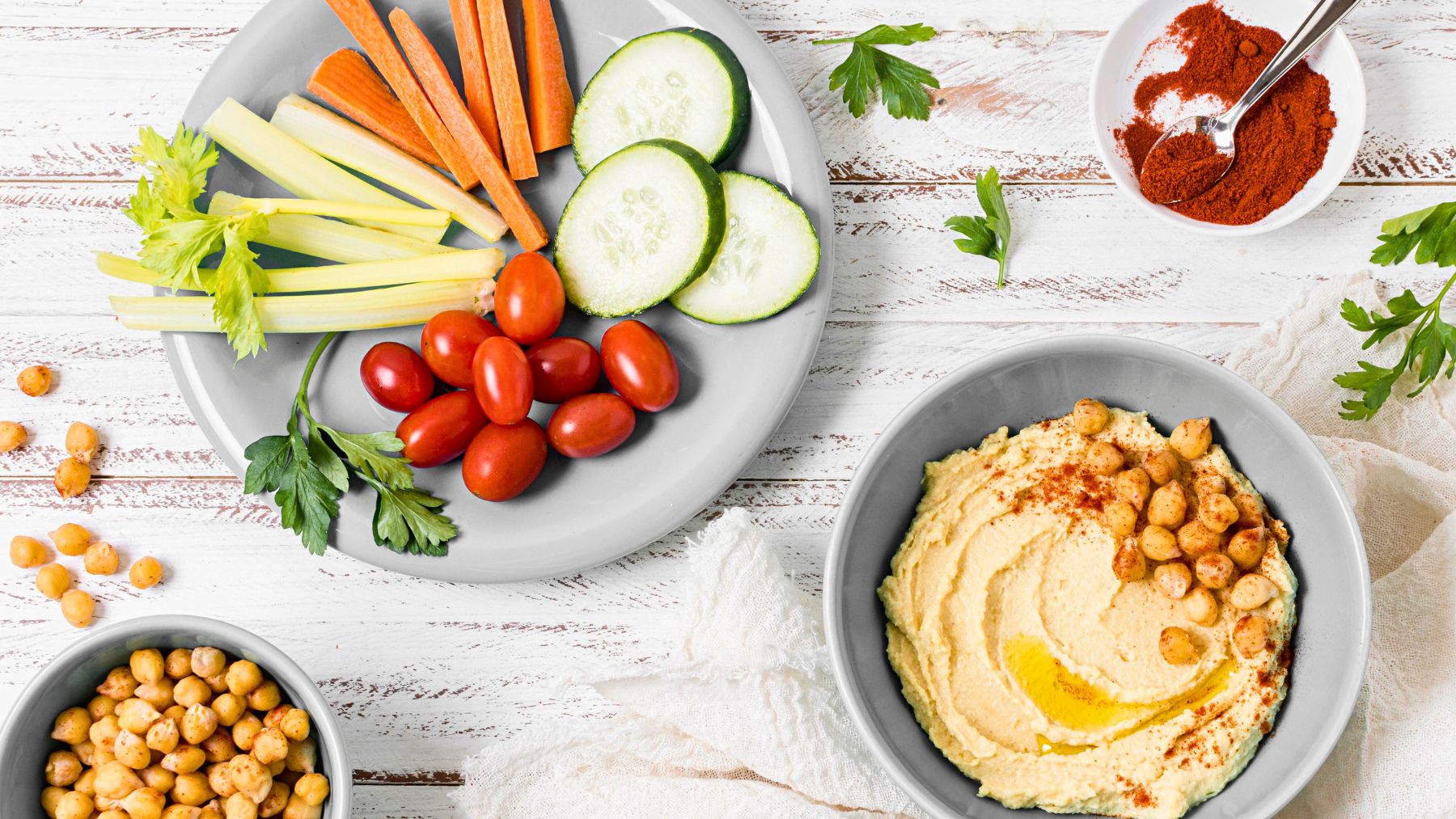If you’ve noticed hummus showing up more often in school cafeterias and government nutrition campaigns, there’s a reason. The U.S. Department of Agriculture (USDA) is urging families to include more legumes—especially chickpeas, the main ingredient in hummus—in children’s diets. The recommendation comes as part of the MyPlate guidelines, which emphasize adding more plant-based proteins for healthier meals.
Hummus is a simple, nutrient-dense food that delivers fiber, protein, iron, and heart-healthy fats—all things most American children don’t get enough of. The USDA highlights chickpeas and other beans as versatile, affordable options that can replace less nutritious snacks and boost the quality of everyday meals. Here’s why experts say parents should take this advice seriously—and easy ways to get kids to enjoy it.
Why hummus should become a go-to food for kids
Hummus checks several boxes that make it ideal for growing kids. It’s made from blended chickpeas, tahini, olive oil, lemon juice, and garlic, a mix that’s naturally rich in plant protein and unsaturated fats. These nutrients support energy, muscle growth, and brain development. Compared to many processed snacks marketed to children, it offers steady energy without added sugar or artificial ingredients.
According to the MyPlate for Kids guidelines, children should eat a variety of protein foods, including plant-based options such as beans, lentils, and peas. That’s because these foods contribute important nutrients like iron, zinc, and B vitamins while also supplying fiber for healthy digestion. Hummus fits perfectly into that category. It’s mild, smooth, and easy to pair with other foods.
For picky eaters, hummus is creamy, slightly nutty, and pairs well with colorful veggies, whole-grain crackers, or pita bread. Nutritionists also point out that serving hummus encourages kids to eat more vegetables, since it’s often used as a dip for carrots, cucumbers, and bell peppers. That’s a major win for parents who struggle to get greens on the plate.
The USDA’s focus on hummus also ties into the broader push for family meals built around plants. Shifting even one or two meals a week to include legumes instead of red or processed meats can reduce saturated fat intake and improve long-term heart health. For families, it’s an easy, low-cost change that benefits both kids and adults.
Smart ways to add hummus to kids’ meals
Once you realize how versatile hummus is, it’s easy to make it a regular part of your family’s menu. Here are a few simple ideas:
- Use it as a sandwich spread. Swap mayo or butter for hummus on whole-grain bread. Add turkey, tomato, or spinach for a balanced lunch.
- Serve it as a veggie dip. Keep sliced cucumbers, baby carrots, or bell peppers ready for easy snacking.
- Make hummus wraps. Spread it on a tortilla, add grilled chicken or roasted veggies, and roll it up.
- Try it as a pasta sauce. Thin out hummus with a bit of olive oil and lemon juice for a creamy, protein-rich sauce that’s perfect over noodles.
- Offer it as a side. A small bowl of hummus alongside whole-grain pita or fruit can replace chips or sweets at snack time.
Getting kids to eat healthier doesn’t have to mean overhauling their diet overnight. As the MyPlate campaign reminds families, it’s all about variety, balance, and making nutritious foods easy to enjoy.
